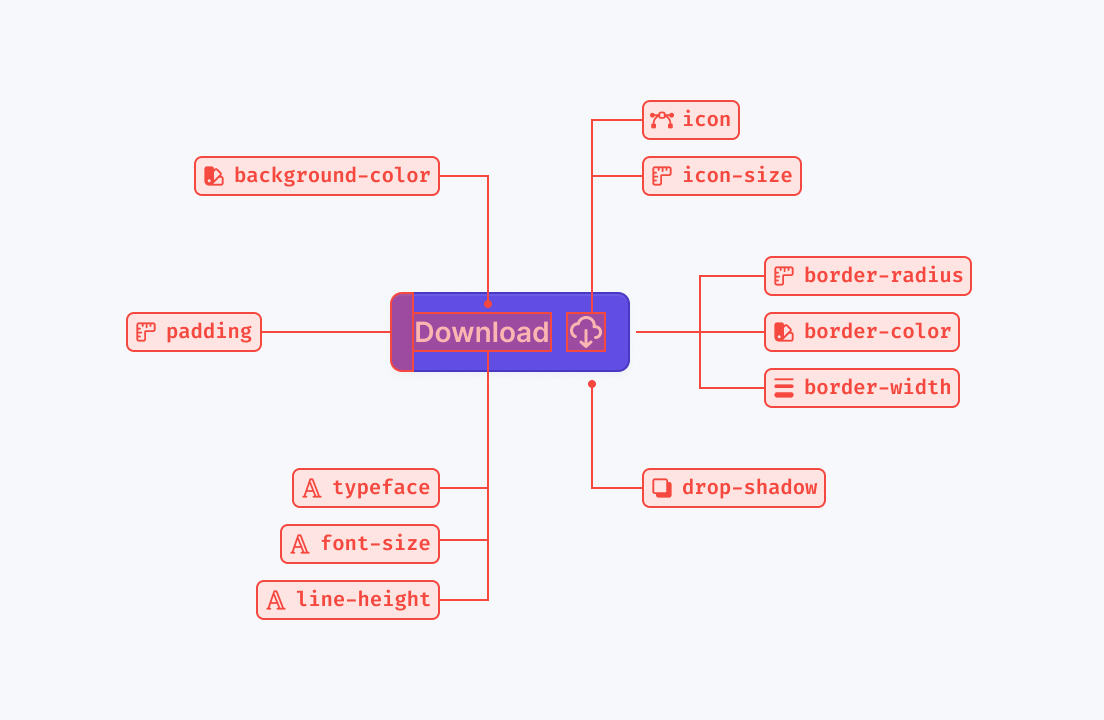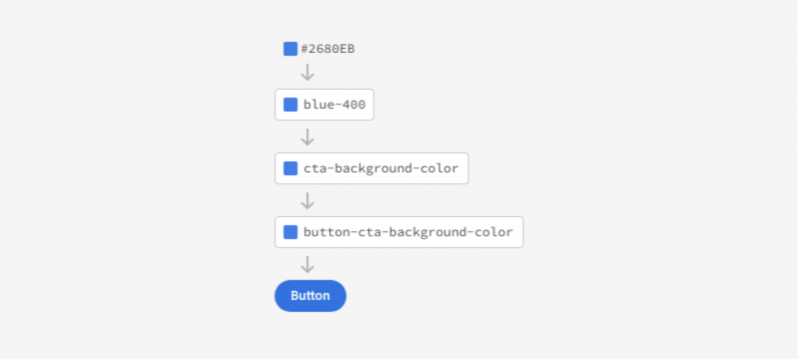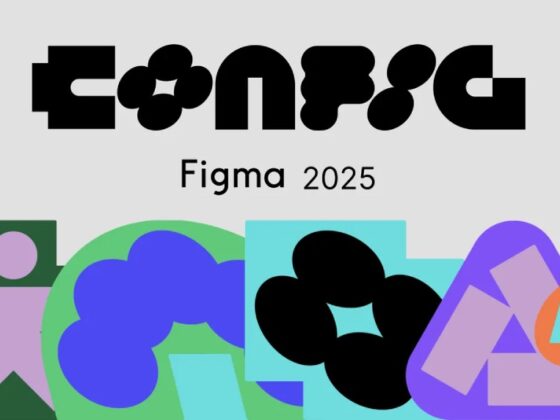Discover the power of design tokens in reducing design errors and costs. Learn how design tokens can streamline your design system, ensure consistency, and improve collaboration between designers and developers.
Design systems play a critical role in creating cohesive and consistent user experiences across digital products. However, maintaining consistency and avoiding design errors can be a challenging task, especially in complex projects.
This is where design tokens come into play. Design tokens provide a systematic approach to managing design elements, enabling designers and developers to work efficiently, reduce errors, and save costs.
In this article, we will explore the benefits of design tokens and how they can help in reducing design errors and costs within your design system.
What are Design Tokens?

Design tokens are a central repository of reusable design elements such as colours, typography, spacing, and other visual properties. They serve as the single source of truth for these elements, ensuring consistency across the entire design system.
Design tokens are typically defined using a consistent naming convention and can be used across various platforms and devices.
Streamlining Design Consistency
Design tokens act as building blocks for consistency within a design system. By defining and organising design elements in a central repository, designers and developers can easily access and reuse them across different projects and teams.
This ensures that the visual language remains consistent, reducing the risk of design errors and inconsistencies.
Improving Collaboration and Efficiency

Design tokens promote collaboration between designers and developers by providing a common language for design and development teams. With a shared understanding of design elements, designers can communicate their intent effectively, while developers can implement the design accurately.
This collaboration saves time and effort, reduces rework, and ensures a seamless handoff between design and development.
Consistent Design Iterations
Design iterations are a fundamental part of the design process, but they can often lead to inconsistencies and errors. With design tokens, designers can easily update design elements in a centralised location, which automatically propagates the changes throughout the design system. This reduces the likelihood of inconsistencies and errors during the iterative design process.
Cost Savings and Scalability
Design errors can be costly, leading to delays, rework, and potential loss of user trust. By leveraging design tokens, design errors can be minimised, resulting in reduced costs associated with fixing errors and ensuring design consistency.
Furthermore, design tokens provide scalability as they can be easily reused across projects, saving time and effort in the long run.
Implementing Design Tokens

It is essential to involve both design and development teams in the process to ensure seamless adoption and collaboration.
Conclusion
Design tokens offer a systematic approach to managing design elements within a design system, helping to reduce design errors and costs. By streamlining design consistency, improving collaboration, and enabling efficient design iterations, design tokens empower designers and developers to create cohesive and error-free user experiences.
Implementing design tokens ensures a scalable and cost-effective design system that drives efficiency and enhances the overall quality of digital products.



